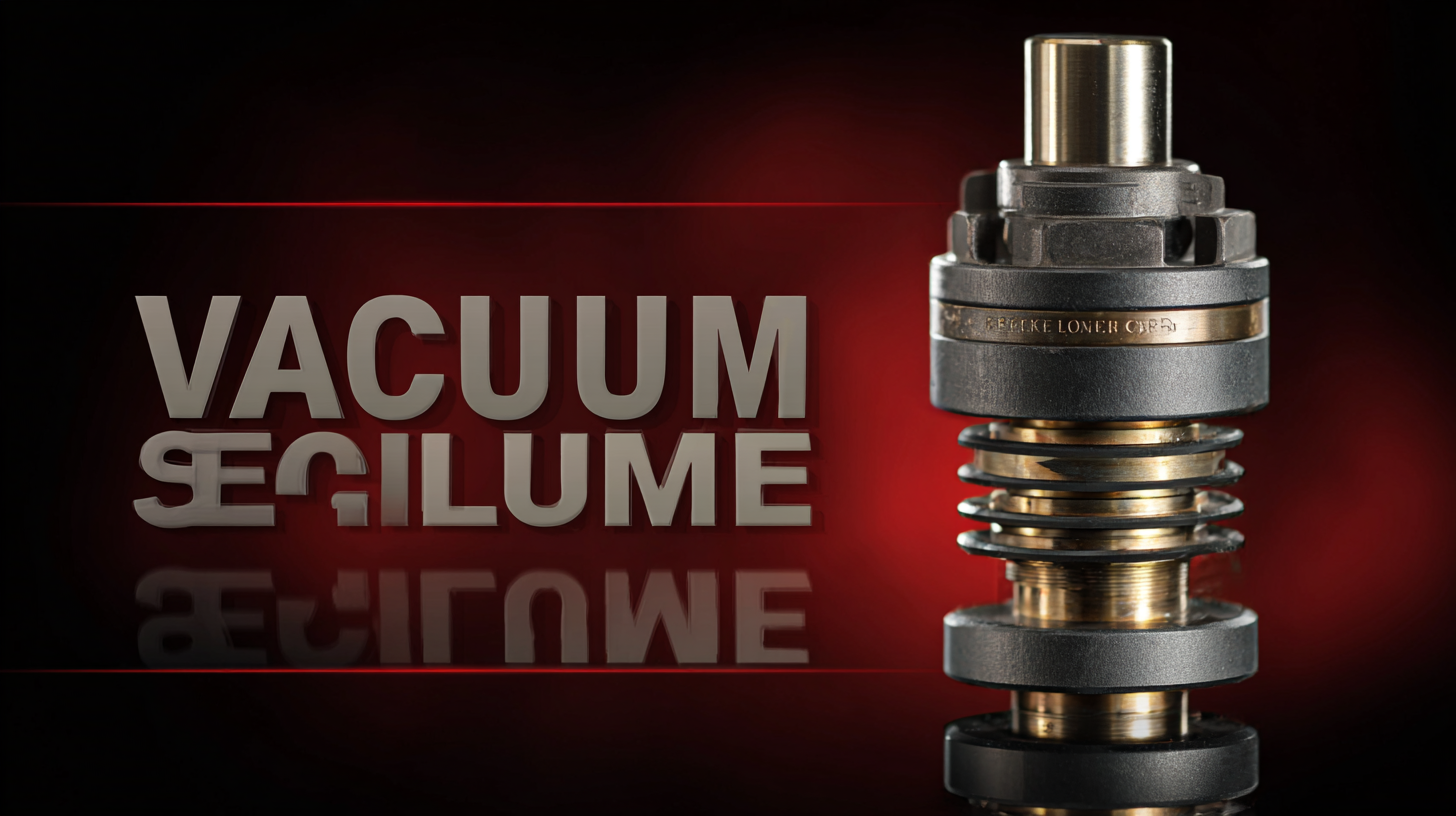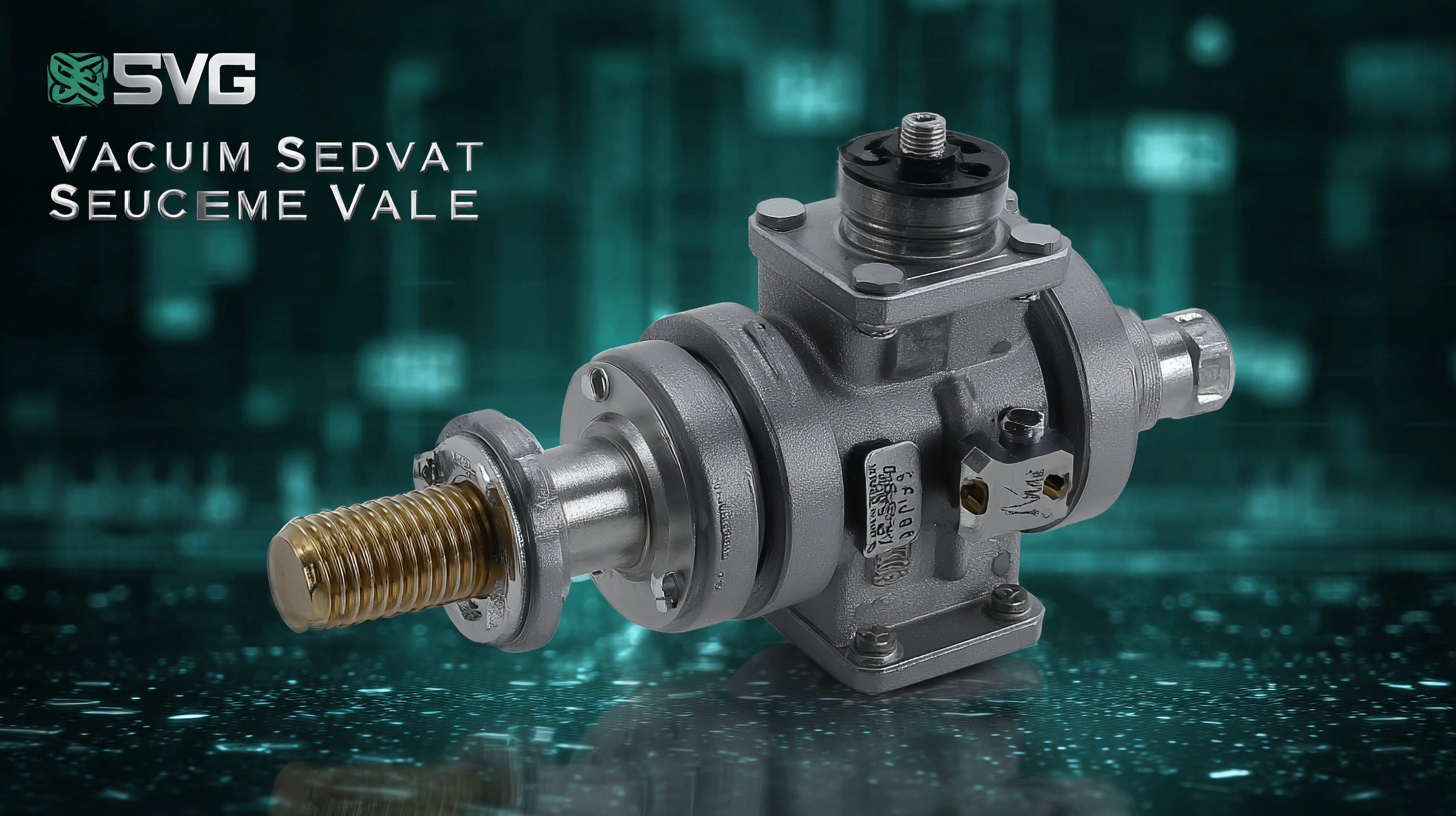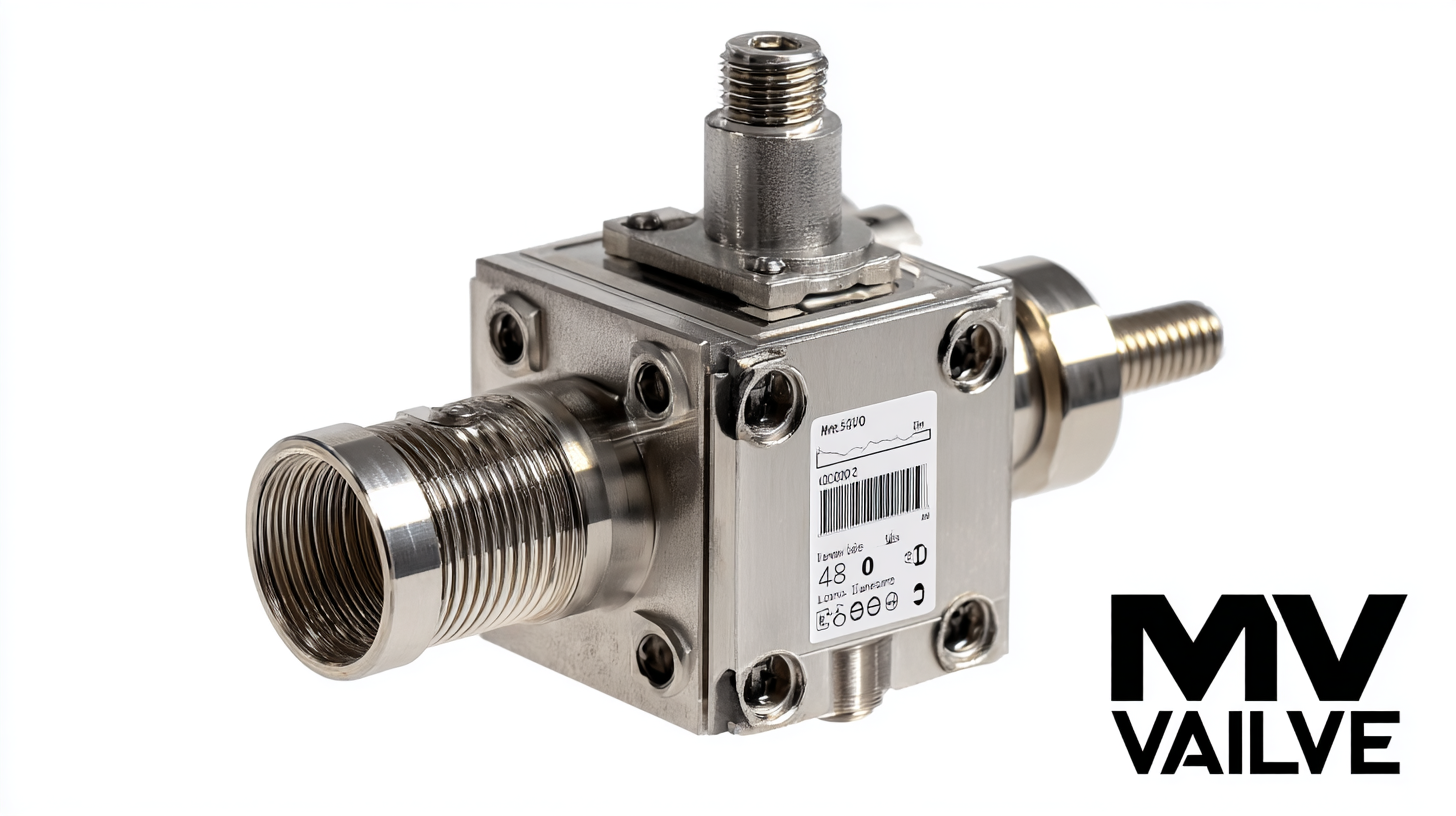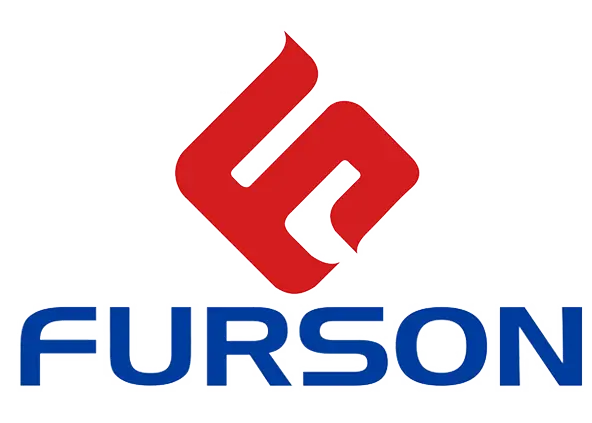Leave Your Message
In today’s competitive industrial landscape, maximizing operational efficiency is paramount for success. One crucial component that can significantly enhance performance is the Vacuum Sequence Valve, a device designed to control the sequence of vacuum operations in various applications, from packaging to semiconductor manufacturing. According to a recent report by MarketsandMarkets, the global vacuum equipment market is projected to reach $8.4 billion by 2025, underscoring the growing reliance on advanced vacuum technologies. The Vacuum Sequence Valve plays a pivotal role in this evolution, facilitating improved process control, energy savings, and reduced downtime.

Vacuum sequence valves are critical components in various industrial applications, offering enhanced efficiency and reliability. These valves manage the flow of vacuum pressure in systems where multiple processes are involved, ensuring that machines operate in a synchronized manner. According to a recent report by the International Vacuum Association, systems utilizing vacuum sequence valves can improve operational efficiency by up to 30%, significantly reducing downtime and ensuring product quality.
One of the key benefits of vacuum sequence valves is their ability to prevent cross-contamination between processes. In industries such as pharmaceuticals and food processing, maintaining a sterile environment is essential. By using these valves, companies can achieve better control over their vacuums and minimize the risk of contamination, which is crucial for meeting regulations set by organizations like the FDA.
Tips: When selecting a vacuum sequence valve, consider the specific requirements of your application, including the required vacuum level and flow rates. Additionally, regular maintenance and calibration are vital to ensure optimal performance; a neglected valve can lead to inefficiencies that may affect overall operational output. For enhanced performance, integrating smart technology with vacuum sequence valves can provide real-time monitoring and data analytics, further improving system reliability and efficiency.

In the realm of operational efficiency, vacuum sequence valves play a pivotal role, yet they often go unnoticed. These valves streamline processes in various sectors, from research to manufacturing, ensuring that operations run smoothly and effectively. One of the key advantages of implementing vacuum sequence valves is their ability to maintain consistent pressure levels, which ultimately contributes to product quality and reduces downtime during production.
Tips for maximizing the benefits of vacuum sequence valves include regular maintenance checks to ensure optimal performance. Keeping components clean and free from debris can significantly enhance their lifespan and efficiency. Additionally, investing in training for personnel involved in the operation can help them understand the technology better, leading to more informed decision-making and improved operational practices.
Another advantage is the reduction of energy consumption. By optimizing vacuum control through sequence valves, companies can lower their energy costs while still achieving desired performance levels. Incorporating vacuum sequence valves into your operational framework not only boosts efficiency but also fosters a more sustainable approach to manufacturing and development.
| Advantage | Description | Impact on Operations |
|---|---|---|
| Enhanced Efficiency | Automates the sequence of vacuum operations, reducing the time taken for tasks. | Increases overall productivity by streamlining processes. |
| Cost Savings | Reduces the frequency of maintenance by preventing overload on components. | Lowers operational costs over time through efficient resource management. |
| Safety Improvements | Minimizes risk of operational failures and associated hazards. | Creates a safer working environment, reducing accident rates. |
| Versatile Applications | Can be implemented across various industrial processes. | Allows for flexibility in operations and adaptability to different tasks. |
| Consistent Performance | Provides reliable operation even under varying conditions. | Ensures high standards of output quality consistently. |
Vacuum sequence valves are crucial for ensuring that operations comply with industry regulations and certifications.
By controlling the sequence of vacuum applications, these valves enhance the reliability and safety of various processes.
For instance, in the food and pharmaceutical industries, adhering to hygiene and safety regulations is paramount. Implementing a vacuum sequence valve can help maintain the required sanitary conditions, thus ensuring compliance with standards such as FDA regulations.
When selecting vacuum sequence valves, consider the specific requirements of your application. Ensure that the valve materials are compatible with the substances being handled, as this can impact both performance and compliance. Additionally, regular maintenance of these valves is essential to prevent failures that could lead to regulatory issues.
Tips for effective use of vacuum sequence valves include regularly inspecting for leaks and ensuring proper installation to maintain optimal functionality. Furthermore, training staff on the operation and significance of these valves can enhance awareness of compliance issues, leading to better adherence to regulations. By prioritizing these practices, organizations can leverage vacuum sequence valves for efficient operations while ensuring they meet necessary industry standards.
When selecting vacuum sequence valves, it's crucial to consider the specific requirements of your operation. Begin by assessing the environment in which the valve will be installed. Factors such as temperature, pressure, and the type of gases or vapors involved can significantly influence the effectiveness of a valve. Additionally, choosing a valve that is compatible with your existing systems will enhance reliability and performance.
Installation best practices are equally important for ensuring efficient operations. Proper alignment and secure fittings can prevent leaks and mechanical failures. It is advisable to consult the manufacturer's guidelines during installation to adhere to recommended torque specifications and maintenance schedules. Regular inspections and timely replacements of parts can further improve the longevity and efficiency of the vacuum sequence valve, ultimately leading to smoother operations and reduced downtime.

The future of vacuum technology is poised for exciting advancements that will significantly impact industrial operations. A notable trend is the integration of vacuum technology with high-speed transportation systems, such as the anticipated collaboration between magnetic levitation trains and vacuum pipelines. This innovative combination could enable train speeds exceeding 1,000 km/h, as envisioned by researchers at a prominent university's National Key Laboratory. Such developments not only promise faster transit times but also enhance energy efficiency, demonstrating how vacuum technology can revolutionize the transport sector.
Additionally, the vacuum automatic heat treatment furnace market is projected to grow from approximately $594.29 million in 2024 to $664.13 million by 2032, reflecting a steady increase of 1.4%. This growth indicates a rising demand for precision manufacturing in industries like semiconductor fabrication and materials processing. Similarly, the porous ceramic vacuum chuck market dedicated to semiconductor wafers is expected to grow markedly, showcasing the significant role vacuum technology plays in supporting advanced manufacturing processes.
**Tips:** When considering vacuum systems for industrial applications, ensure to assess the scalability of the technology to meet future demands. Investing in high-efficiency vacuum solutions now can provide long-term operational cost savings. Prioritize suppliers that align with future trends in vacuum technology to remain competitive.
